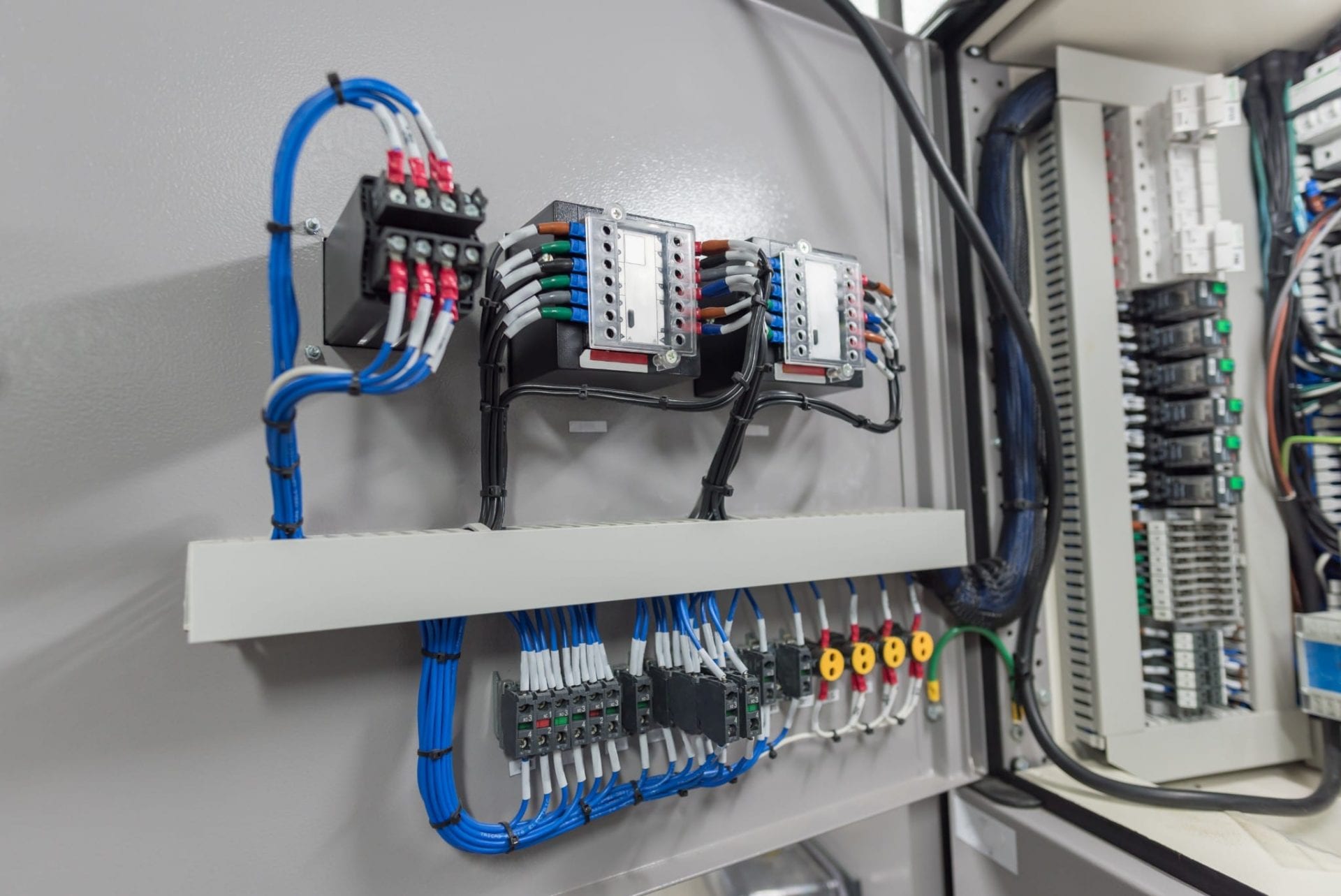Electrical Wiring for Beginners: The Ultimate Guide

The electrical wiring is an essential part of any home, and knowing it is important for every homeowner. Not only does it help to ensure the smooth operation of your home but it’s also critical for your safety. In this post, we’ll discuss the basics of electrical wiring, the importance of safety as well as the benefits of hiring a licensed residential electrician to handle all of electrical wiring needs.
Understanding the basics of electrical wiring
Electrical wiring is the set of electrical conductors that runs through your home, carrying electrical power to your appliances as well as lighting fixtures. It works by forming electrical circuits which connect the sources of power with your gadgets. Circuits for electrical power are comprised of switches, wires, and other electrical components that work together to create a safe and functional electrical system. There are different types of electrical wiring, such as copper, aluminum, and wire insulation types like PVC paper, rubber, or.
Planning and Preparation for Electrical Wiring
Before you install an electrical wire, you must consider a variety of things to think about, including the kind of wiring you’ll need, the size of your electrical system and the power requirements you require. It is also important to know about electrical rules and regulations for wiring as well as the permits that are required in your area. To be prepared your electrical wiring system, create an electrical plan and assess your electrical requirements. This will ensure that your electrical system is secure, efficient, and meets your power requirements.
Materials and Tools Needed to conduct electrical wiring
When making new electrical wiring, it is essential to have the right equipment and materials on hand. Essential tools include strippers, wire cutters pliers, and the voltage tester. Other components required for electrical wiring are electrical tape, wire nuts, conduit, as well as electrical box. It’s also useful to have a wiring diagram to help you with the process of installing.
Step-by-Step Instructions for Installation of Electrical Wiring
The installation of electrical wiring is complicated however, with the right equipment and the right knowledge you can do it in a safe and efficient manner. This is a step-by-step guide to installing electrical wiring in your home:
Shut off the power source to the location where you’ll be working.
Design the wiring layout and mark the location where the wiring will be installed.
Install electrical conduits and electrical boxes where necessary.
Cut and strip the wires until the correct length.
Wires should be connected to fixture or device you’re wiring.
Connect the wires using the wire nuts or electrical tape, or conduit straps.
Check the wiring to make sure that it’s working properly.
In the process of installing it is essential to adhere to wiring installation best practices and tips. Also, be aware of common mistakes in the installation of electrical wire like overloading circuits, using wires that are damaged as well as using the wrong kind of wire.
Troubleshooting Electrical Wiring Issues
Even with careful planning in the installation and design, wiring issues could develop. Common problems include wiring damages, circuit overloads, and electrical shorts. To troubleshoot these problems it is crucial to be aware of common electrical wiring problems and understand how to safely and effectively tackle these issues. In addition, it is essential to adhere to electrical safety guidelines in the event of a problem with electrical wiring like shutting off the power and wearing appropriate safety equipment.
Conclusion
In the end, knowing about how your electrical wiring is wired in your home is crucial for your safety as well as the effective functioning the electrical systems. It is essential to employ an authorized electrician to ensure that your wiring is installed and maintained properly. In Local Electrician Marrickville, we provide various electrical services, which include wiring installation and repair. Reach out to Local Electrician Marrickville at 1300 610 481 for all your electrical wiring requirements.
Electrical Wiring FAQ
Here are some commonly asked questions related to electrical wiring. They also include additional safety tips and best practices for electrical wiring installation and repair:
What kind of wire should I use to wire my electrical circuit?
The type of wire you should use for your electrical wiring will depend on the specific requirements of your home and local building codes. It is important to use the appropriate gauge of wire as well as the appropriate insulation type and wire material to ensure security and effectiveness for your wiring system.
Can I install myself my own wiring for electrical use?
While it is possible to create an electrical wire yourself it is essential to have the proper expertise and experience to complete the task effectively and safely. In the majority of cases it is recommended that you employ an experienced electrician to ensure that your wiring is set up and maintained correctly.
How often should I have my electrical wiring inspected?
It is recommended that you have your electrical wiring inspected every 10 years or when you observe signs of electrical problems, such as frequent trips to the circuit breaker or electrical shocks.
What should I do if find electrical wiring issues in my house?
If you observe any electrical wiring issues in your home, for example, flickering lights or outlets that don’t work, it’s crucial to address them immediately. Shut off power to the area in question and then contact an accredited electrician to assess and repair the problem.
By following these suggestions and best methods, you can be sure that your electrical wiring is safe and operating properly. Make sure you are taking safety into consideration and seek out a licensed electrician when needed. Call Local Electrician Marrickville at 1300 610 481 for all your electrical wiring requirements.
